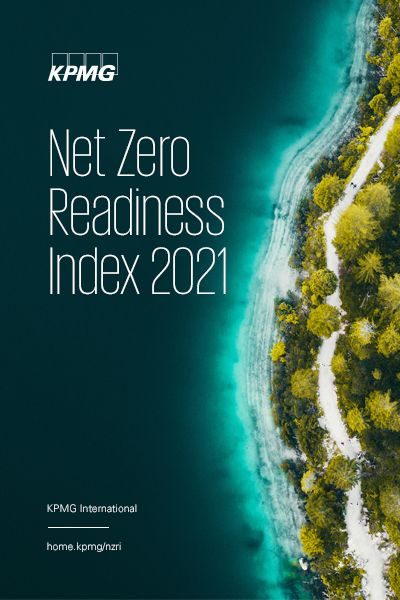The country has not committed to a Net Zero target and faces a huge challenge to shift away from coal, including softening the impact on mining areas. It has adopted an energy strategy to escalate the shift to renewables including wind power.
Energy transition
Awareness of climate change and the work required to tackle it has risen over the last decade, according to Kiejstut Żagun, Partner Associate, Tax, Innovation, Grants and Incentives, KPMG in Poland: “This makes change possible,” he says, adding that the country is making incremental progress in a number of areas.
However, the country is currently the lowest-placed EU nation in the NZRI. This is partly because of its heavy use of coal, used to generate 52 percent of electricity, the same proportion as Indonesia with only India and South Africa higher. “This is the biggest challenge we have at the moment, to transfer to more renewable energy,” Żagun adds.
With the majority of Polish power plants over 3 decades old, there are opportunities to replace them when they are decommissioned with alternative sources including nuclear and renewables. In February 2021, the government adopted PEP2040, an energy transformation strategy for the next 2 decades that will reduce use of coal, establish a new nuclear plant and introduce more renewable energy.1

Poland already makes use of onshore wind generation and is looking to develop offshore wind, with the government passing legislation in early 2021 that is designed to help promote its use in the Baltic Sea.2 Solar power is less effective than in other countries but is being installed by some homeowners along with heat pumps, partly in response to increasing energy prices.
Transport
City transport is decarbonizing with increasing adoption of electric buses and cars, as well as the continued use of electric trams, but there is less progress on travel outside urban areas. Poland has the joint oldest average passenger car age of 14 years of the countries in the NZRI, and many cars run on diesel or have higher emissions than newer vehicles. However, the government is providing support for transport to move away from fossil fuels, including through subsidies and legislation for electric charging and hydrogen refueling infrastructure.3
Industry
Many of Poland’s industrial plants have been built over the 3 decades since the end of Communism and are relatively carbon-light as a result. In 2019, the government adopted a roadmap to move towards a circular economy model. It includes 41 measures across environment, education, energy, infrastructure, social policy, agriculture and public health which aim to minimize waste and use it as a raw material. As well as lowering emissions, the model aims to be resource-efficient and support innovation.4

New industry could help with the transition away from coal, which will have a major impact on communities that currently depend economically on it. Żagun says that the process should be eased by EU funds dedicated to supporting such regions and the growing Polish economy creating new industrial jobs in sectors, such as vehicle manufacturing.
Contact
Connect with us
- Find office locations kpmg.findOfficeLocations
- kpmg.emailUs
- Social media @ KPMG kpmg.socialMedia
Argentina | Australia | Brazil | Canada | Chile | China | Denmark | France | Germany | Hungary | India | Indonesia | Italy | Japan | Malaysia |
Mexico | New Zealand | Nigeria | Norway | Russia | Saudi Arabia | Singapore | South Africa | South Korea | Spain | Sweden | Thailand |
Turkey | United Arab Emirates | United Kingdom | United States
1 Agnieszka Barteczko, ‘Poland adopts 2040 energy 'compass' to navigate away from coal’, Reuters, 2 February 2021. https://www.reuters.com/article/us-poland-energy-idUSKBN2A225K
2 ‘Offshore Wind Act passed’, Polish Wind Energy Association, 13 January 2021. http://psew.pl/en/2021/01/13/offshore-wind-act-passed/ \
3 ‘Draft decree on subsidization of electric vehicle charging stations and hydrogen refueling infrastructure’, KPMG in Poland, December 2020. https://assets.kpmg/content/dam/kpmg/pl/pdf/2021/01/pl-en-tax-alert-kpmg-2020-12-23-draft-decree-on-subsidization-of-electric-vehicle-charging-stations.pdf
4 ‘Poland's Circular Economy Roadmap’, Polish Government (published by EU), 10 September 2019. https://circulareconomy.europa.eu/platform/en/strategies/polands-circular-economy-roadmap



